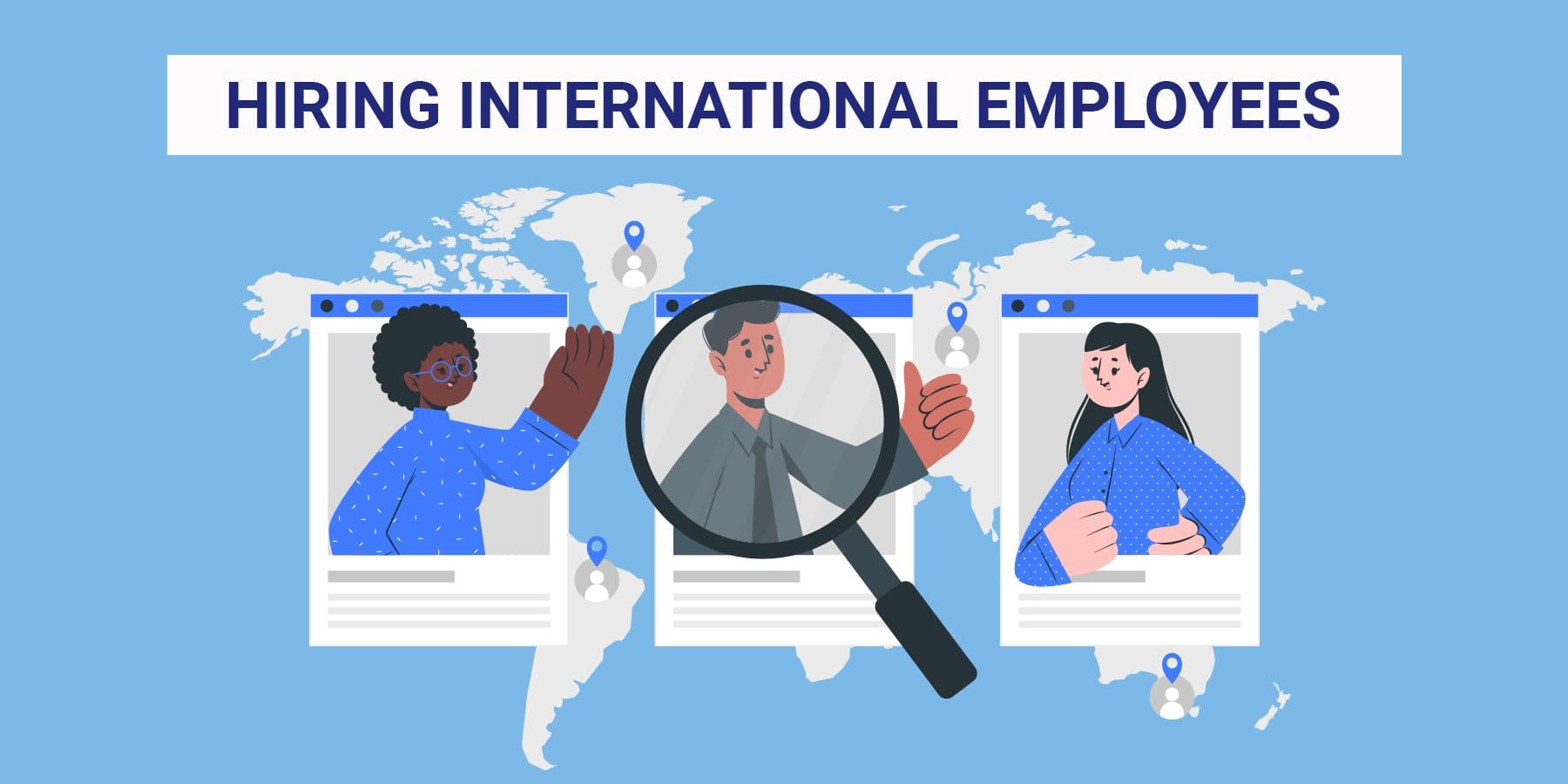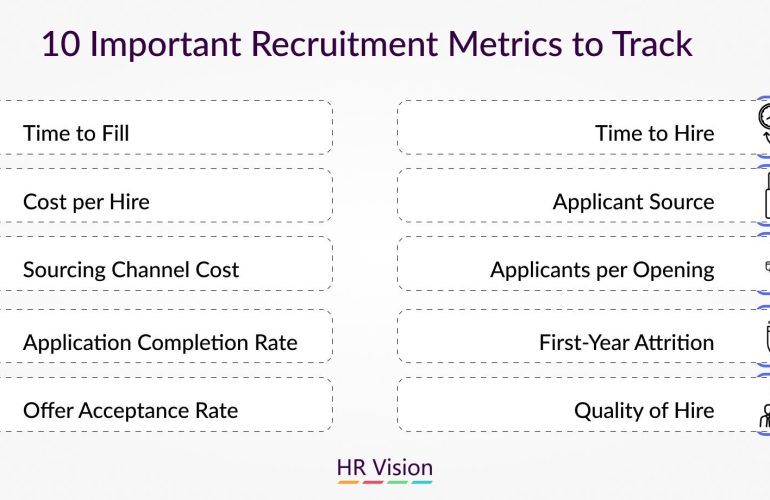In today’s globalized economy, organizations increasingly recognize the value of a diverse workforce that transcends geographical boundaries. However, the complexities inherent in international hiring pose significant challenges for companies looking to expand their talent pools across borders. From navigating differing employment laws and cultural nuances to managing logistical concerns and ensuring compliance, the process can often feel overwhelming. As businesses strive to attract top-tier talent from around the world, understanding the best practices and innovative solutions in international recruitment becomes paramount. This article delves into the key challenges faced in international hiring and offers strategic insights to help employers effectively navigate this intricate landscape, ultimately driving organizational success through a well-rounded, global workforce.
Table of Contents
- Understanding the Complex Landscape of International Recruitment
- Strategies for Overcoming Cultural and Legal Barriers
- Leveraging Technology to Enhance Global Talent Acquisition
- Best Practices for Onboarding and Integration of International Hires
- The Way Forward
Understanding the Complex Landscape of International Recruitment
The global landscape of international recruitment is characterized by numerous factors that contribute to its complexity. From differing labor laws and immigration policies to cultural nuances, organizations must navigate a myriad of challenges. It is essential for HR leaders to promote a strong understanding of the regions from which they are recruiting. This includes acknowledging various aspects such as:
- Labor market trends: Understanding local employment rates and skills shortages can significantly impact recruitment strategies.
- Cultural differences: Recognizing communication styles and workplace expectations can foster a more inclusive hiring process.
- Legal compliance: Adhering to diverse regulatory requirements ensures that organizations avoid legal pitfalls while recruiting international talent.
Moreover, effective international recruitment requires innovative solutions and a strategic approach. Employers must invest in technology to streamline processes, such as using Applicant Tracking Systems (ATS) that accommodate various languages and regions. Collaborating with local recruitment agencies can also provide invaluable insights and access to talent pools that may be otherwise overlooked. A table of essential considerations for a successful international hiring strategy is summarized below:
| Consideration | Description |
|---|---|
| Market Research | Analyze local labor markets to identify demand for skills. |
| Support Systems | Implement onboarding processes tailored for diverse backgrounds. |
| Technology Utilization | Employ tools that enhance cross-border recruitment efficiency. |
Strategies for Overcoming Cultural and Legal Barriers
Overcoming cultural and legal barriers in international hiring requires a multifaceted approach that emphasizes communication, education, and strategic partnership. Organizations can foster a more inclusive hiring process by implementing the following strategies:
- Cross-Cultural Training: Invest in programs that educate hiring managers and recruiters about the cultural norms and values of target countries. This helps prevent misunderstandings that could affect candidate evaluation and integration.
- Local Partnerships: Collaborate with local recruitment agencies or legal advisors who understand the regional labor laws, cultural nuances, and job market conditions. Their expertise can streamline the hiring process and ensure compliance.
- Tailored Job Descriptions: Craft job listings that resonate with cultural expectations, using inclusive language that appeals to diverse talent pools. This can attract candidates who may otherwise feel deterred by conventional job postings.
Additionally, leveraging technology can bridge many gaps and enhance international hiring practices. Here’s how:
| Technology Tools | Benefits |
|---|---|
| Applicant Tracking Systems (ATS) | Streamlines the recruitment process and maintains consistent communication with candidates worldwide. |
| Video Interview Platforms | Facilitates real-time interactions that are crucial for evaluating potential hires from diverse backgrounds. |
| Translation Services | Ensures clear communication in job descriptions and during interviews, minimizing language barriers. |
Leveraging Technology to Enhance Global Talent Acquisition
In today’s interconnected world, technology has revolutionized the way organizations approach talent acquisition, especially in an international context. By integrating various digital tools and platforms, companies can streamline their recruitment processes to reach a diverse pool of candidates beyond their borders. Features of modern recruitment technology include:
- AI-Powered Sourcing: Leveraging artificial intelligence to identify and engage potential candidates based on specific skill sets.
- Global Job Boards: Utilizing platforms that cater to international audiences, allowing organizations to post vacancies in multiple languages.
- Video Interviewing: Enabling seamless face-to-face interactions with candidates residing in different countries, removing geographic barriers.
Moreover, data-driven recruitment analytics provide valuable insights into hiring trends and candidate performance, making it easier for organizations to make informed decisions. Companies can also take advantage of collaborative tools that enable cross-functional teams to work together in evaluating candidates, thereby enhancing the quality of hires. Below is a simplistic view of how these technologies can be applied:
| Technology | Benefits |
|---|---|
| Applicant Tracking Systems | Streamlines hiring workflow |
| Chatbots | Enhances candidate engagement |
| Talent Marketplaces | Access to freelance and contract talent |
Best Practices for Onboarding and Integration of International Hires
To ensure a smooth transition for international hires, it’s essential to create an effective onboarding process that caters to their unique needs. Communication is key; invest in a comprehensive orientation program that introduces them to your company’s culture, values, and expectations. Additionally, assign a dedicated mentor or buddy who can guide them through the initial weeks, helping them navigate both work-related questions and social integration. Regular check-ins during the first few months will also provide an opportunity to address any challenges they may face.
Providing cultural training can significantly enhance the integration experience. This can cover essential aspects like workplace etiquette, communication styles, and conflict resolution strategies relevant to your organization. Moreover, consider establishing a diverse employee resource group, where newly recruited international team members can connect with others from similar backgrounds or experiences. This encourages networking and support, ultimately leading to higher morale and retention rates. Below is a simple table illustrating key components of a successful onboarding plan:
| Onboarding Component | Description |
|---|---|
| Orientation Sessions | Introduction to company culture and policies. |
| Mentorship Program | Pairing with a seasoned employee for guidance. |
| Cultural Training | Workplace etiquette and communication styles. |
| Employee Resource Groups | Facilitating networking among diverse employees. |
The Way Forward
navigating the complexities of international hiring necessitates a strategic approach that embraces cultural diversity while addressing the myriad challenges that come with a global talent search. By leveraging technology, optimizing candidate sourcing, and fostering inclusive recruitment practices, organizations can not only enhance their talent pools but also gain a competitive edge in the global marketplace. As businesses evolve, so too must their recruitment strategies, adapting to the ever-changing landscape of international labor markets. Through thoughtful planning and execution, companies can turn the hurdles of international recruitment into opportunities for growth, innovation, and success. By embracing these solutions, businesses can build teams that reflect a diverse array of perspectives and skills, ultimately driving performance and ensuring long-term sustainability in an interconnected world.






